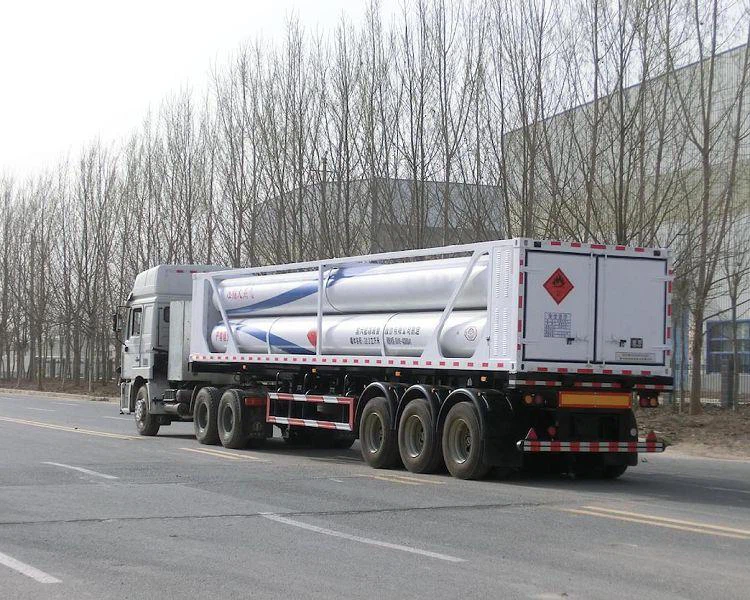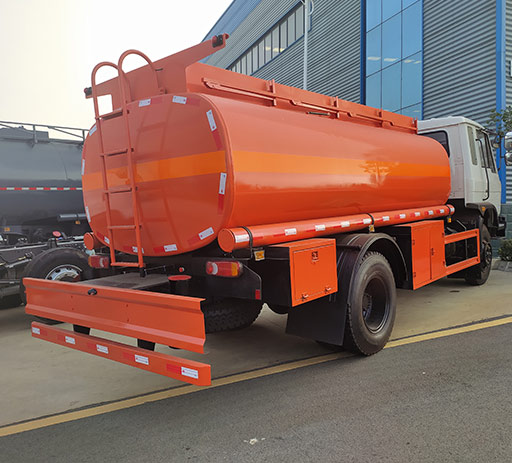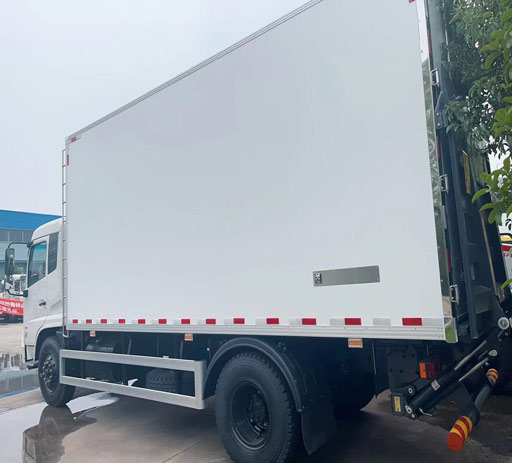Understanding PTR Baler and Compactor Parts: Your Ultimate Guide

Introduction
PTR balers and compactors are essential machines used in waste management, recycling, and material handling industries. They help businesses optimize their waste disposal processes and manage materials efficiently. However, like all machinery, these units require maintenance and occasionally, replacement parts. In this comprehensive article, we will delve into PTR baler and compactor parts, their functionalities, maintenance tips, and how to select the right parts for your equipment.
What is a PTR Baler and Compactor?
PTR (Precision Technology & Recycling) is renowned for designing high-quality balers and compactors that facilitate the compression and processing of various materials, including cardboard, plastics, and metals. These machines are pivotal in reducing waste volume, lowering hauling costs, and promoting recycling.
Types of PTR Balers
- Horizontal Balers
- Vertical Balers
- Auto-Tie Balers
- Single Ram Balers
- High-Density Balers
Types of PTR Compactors
- Stationary Compactors
- Self-Contained Compactors
- Pre-Crusher Compactors
- Vertical Compactors
The Importance of Quality Parts
Quality parts are crucial for ensuring the longevity and efficiency of PTR balers and compactors. Using OEM (Original Equipment Manufacturer) parts helps maintain optimal performance, reduces downtime, and enhances safety.
Benefits of Using OEM Parts
- Ensured compatibility with existing equipment
- Higher reliability and performance
- Consistent quality and durability
- Warranty advantages
- Better resale value
Common PTR Baler and Compactor Parts
Identifying and understanding the various parts of PTR balers and compactors can aid in effective maintenance and repairs. Here are some of the most common parts:
1. Hydraulic Cylinders
Hydraulic cylinders are vital for the operation of both balers and compactors, providing the force necessary for compression. Regular inspection for leaks and wear is essential.
2. Piston Rods

Piston rods connect to the hydraulic cylinders, transferring force to compress the materials. Be sure to look for signs of corrosion.
3. Blades and Cutting Tools
Balers often include blades that slice through materials before compression. Keeping these sharpened and free of debris is important for efficiency.
4. Control Panels
The control panel allows operators to manage the baler’s or compactor’s functions. Ensure all buttons and switches are functional to avoid operational issues.
5. Electrical Components
Wiring and electrical units power the machinery. Inspect for frays or connections to prevent electrical failures.
6. Safety Features
Safety guards, emergency stops, and limit switches are essential for the safe operation of the equipment. Regular checks can prevent accidents.
7. Conveyor Belts
If the unit is equipped with a conveyor system, ensure the belts are aligned and free of damage to facilitate smooth material movement.
8. Casters and Wheels

For mobile compactors, casters are critical for mobility. Inspect them regularly for wear and replace them as needed.
Maintenance Tips for PTR Balers and Compactors
Performing regular maintenance on PTR balers and compactors can drastically extend their lifespan and ensure safety. Here are some key maintenance tips:
1. Schedule Regular Inspections
Inspect your baler or compactor at least once a month. Look for signs of wear and tear on hydraulic components and other parts.
2. Keep It Clean
Debris buildup can lead to malfunctions. Clean the machine regularly to maintain optimal performance.
3. Lubricate Moving Parts
Proper lubrication of moving components such as bearings and gears is essential to reduce friction and extend their lifespan.

4. Monitor Hydraulic Fluid Levels
Check hydraulic fluid levels regularly. Low fluid can compromise performance, so top up as needed.
How to Choose the Right PTR Parts
Selecting the right parts for your baler and compactor can be daunting. Follow these tips to simplify the process:
1. Identify the Part You Need
Refer to the equipment’s manual to determine the specific part number. This information is crucial for ensuring compatibility.
2. Compare OEM and Aftermarket Options
While OEM parts guarantee compatibility, aftermarket parts can offer cost savings. Assess the trade-offs before making a choice.
3. Consider Manufacturing Quality
Research the manufacturer’s reputation. Quality parts can save you money in the long run by reducing the frequency of replacements.
4. Check for Warranty Options
Many parts come with warranties. Opt for parts that offer a guarantee, providing you with peace of mind in case of defects.
Cost Considerations for PTR Parts
1. OEM vs. Aftermarket Costs
| Type | Cost Range | Pros | Cons |
|---|---|---|---|
| OEM | Higher | Guaranteed compatibility, warranty | Higher initial investment |
| Aftermarket | Lower | Cost savings | Potential compatibility issues |
2. Factor in Labor Costs
When budgeting for part replacements, don’t forget to include possible labor costs if you’re hiring a technician for installation.
Practical Examples and Tips
Example of a Common Repair: Hydraulic Cylinder Replacement
When a hydraulic cylinder shows signs of leakage, it’s crucial to replace it promptly. Start by identifying the correct part number from your manual. Prepare the necessary tools and shut down the machine before beginning. Always follow safety protocols and consult a professional if you’re unsure how to proceed.
Tips for Maintaining Your Compactor
- Always check oil levels before use.
- Develop a maintenance log to track inspections.
- Educate staff on the importance of reporting any irregular sounds or performance issues.
FAQs about PTR Baler and Compactor Parts
1. How often should I replace parts on my PTR baler?
The frequency of replacement depends on usage, but a thorough inspection every month can help catch parts that need servicing before they fail.
2. Can I use aftermarket parts for my PTR equipment?
Yes, you can use aftermarket parts, but ensure they are compatible with your specific model to avoid operational issues.
3. What are the signs that my baler needs maintenance?
Look for unusual noises, reduced performance, fluid leaks, or visible wear on components.
4. How can I extend the life of my compactor?
Regular maintenance, proper operation, and timely part replacements can significantly extend your compactor’s lifespan.
5. What should I do if I notice a malfunction?
Immediately stop using the equipment, inspect for visible issues, and consult a technician if necessary. It’s better to address problems early before they lead to major failures.
6. Where can I find replacement parts for my PTR baler or compactor?
Replacement parts can be found through authorized PTR dealers, online marketplaces, or through the PTR website itself.
